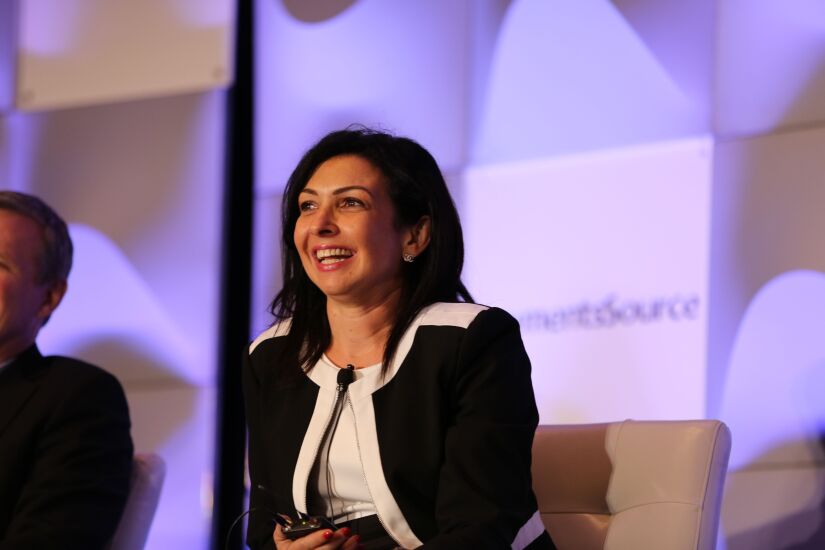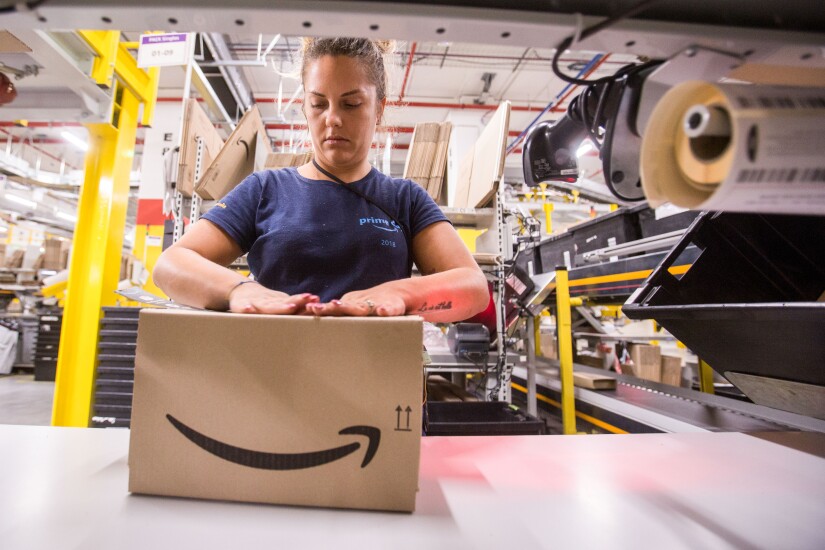When the payments industry's decision makers gathered in Los Angeles at SourceMedia's annual PayThink conference, certain topics dominated the discussion.
Many talked about real-time payments, balancing their ambitions against the staggered rollout of the technology in the U.S. Others were more focused on encouraging their customers to make the leap to digital payments — and enjoying the massive bump in interchange revenue that could come from making one's card the default choice in a retailer's digital wallet.












